SUMMARY
This is AI generated summarization, which may have errors. For context, always refer to the full article.
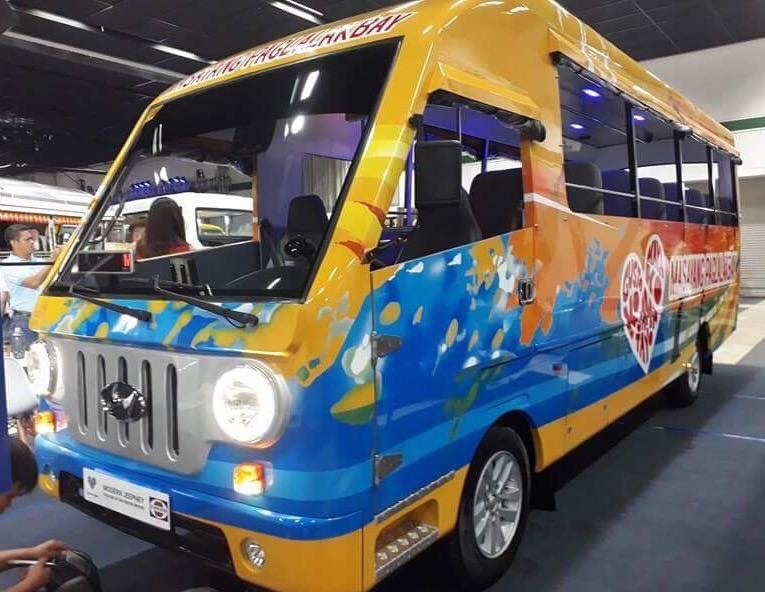
MANILA, Philippines – The Public Utility Modernization (PUV) Program hopes to promote a safer and more environment-friendly option for commuters. (LOOK: New jeepneys under PUV modernization program )
The program, launched in June, mandates the phaseout of PUVs aged 15 years and older. This sparked outrage among drivers, operators, and transport groups who called the program “anti-poor,” as buying a new jeepney is estimated to cost around P1 million.
Despite such criticism, the government believes that the program will not only promote operational efficiency but can also increase the income of drivers and operators since the vehicles would require less maintenance expenses.
What are the specifications of the modern PUV, and how would they improve passenger safety?
Speed limit devices
The program mandates the installation of speed limit devices in the new modern jeepney. This would ensure the compliance of PUV drivers to corresponding speed limits of their routes.
Last year, a law was passed requiring the use of a speed limiters for PUVs and commercial vehicles to ensure they will not exceed the speed limits set by the Land Transportation Office (LTO) and the Land Transportation and Franchising Regulatory Board (LTFRB).
According to the World Health Organization (WHO), speeding is identified as one of the main problems that contribute to the risk of crash-related injuries in road traffic. Speeding also contributes to the severity of the impact during a collision.
But there are questions on the use of speed limiters in road safety.
Philippine transportation expert Edwin Quiros said that he was unsure whether the feature is a good or bad thing. While speeding is dangerous for motorists, Quiros said this is a case-to-case basis.
“You don’t want drivers overspeeding. [However], there might be instances that you really need to speed up like when [you’re] avoiding a crash. It is really a case-to-case basis,” he said.
In 2013, a Guardian report citing the UK’s Automobile Association on how limiting speeds might “create dangers of its own.”
The AA said speed limiters “could take away people’s ability to get themselves out of trouble with a quick burst of speed, such as in overtaking situations where the capacity to accelerate can avoid a head-on collision.”
Dashcams
Dashcams are devices installed at the panel of the car screens. They are used to record instances on the road for accountability purposes. Video captured by the dashcam can be used as evidence in insurance claims or fraud, or against other drivers who won’t admit their mistake, among other things.
Seats
Modern PUVs have bigger seats to guarantee improved comfort and convenience for the commuters. The modern jeepneys can seat 22 to 30 people, while the current jeepneys can accommodate accommodate 16 to 18 passengers.
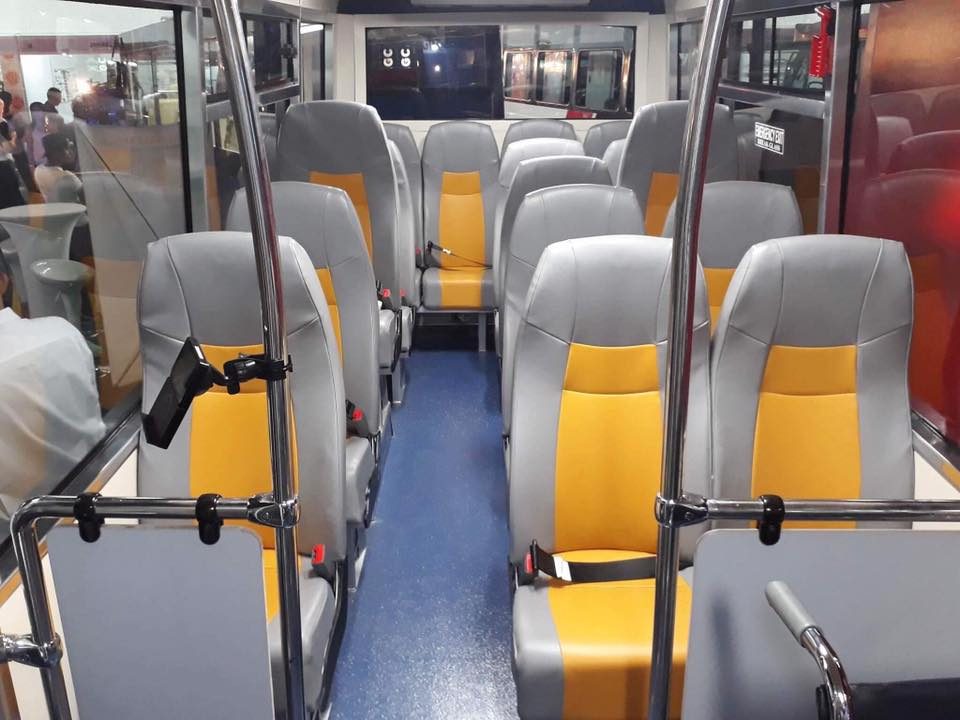
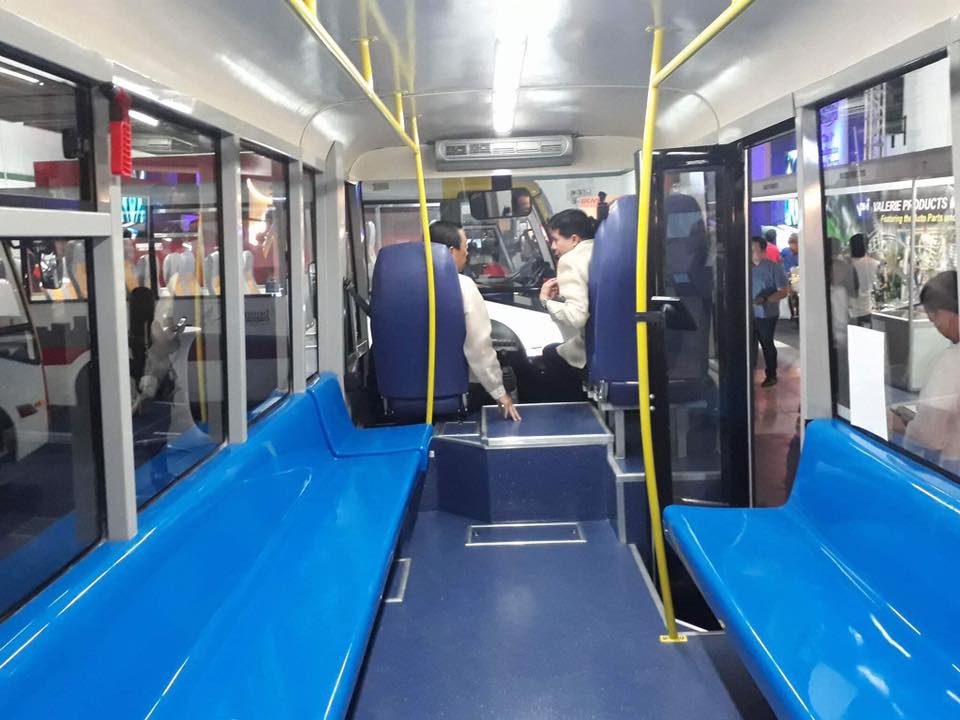
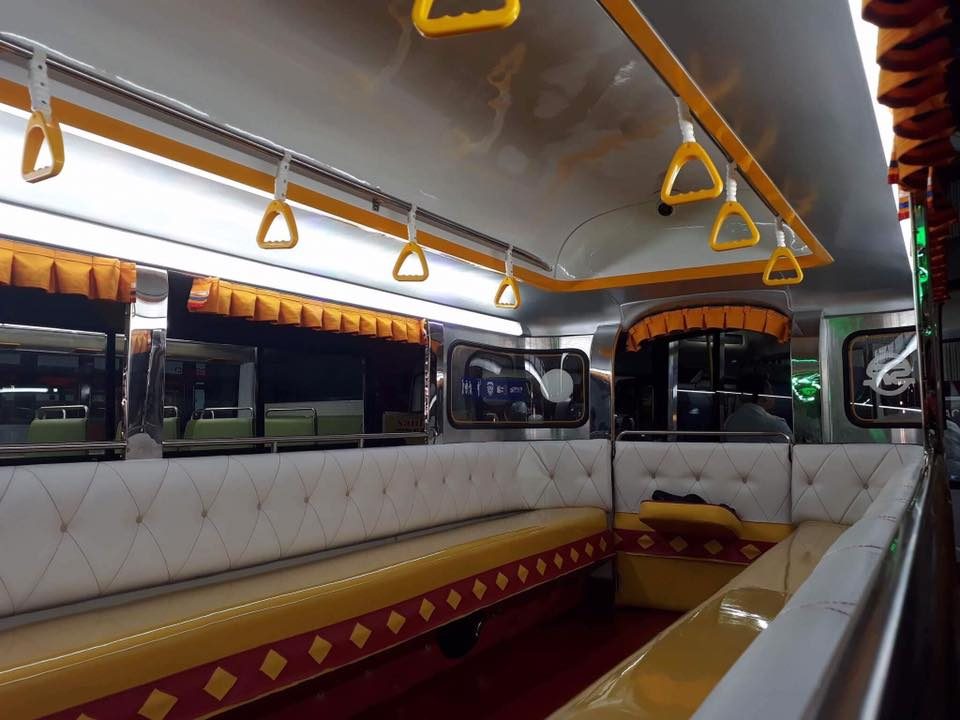
Entrance and Exit
The position of the passenger entrance and exit is located at the side of the new jeepneys, instead of having it at the back.

This is a safety measure because the driver can clearly see the passenger embarking and disembarking from the vehicle, compared to having the entryway at the back.
Passengers also would need have to walk towards the road to enter the jeep at the back but can safely wait on the sidewalk and enter the vehicle from the side.
Automatic fare system

Instead of the system of the driver accepting fare and handing out change while driving, the automatic fare system will help keep the driver from being distracted. This also promotes a more organized system of collecting the fare of passengers which, as of now, is done by passing money from passenger to passenger until it reaches the driver. It follows the collection system of the Metro Rail Transit.
Bars and Handrails

The new bars and handrails are similar to the Metro Rail Train. Commuters now have more space to hold on to to keep them safe especially when the vehicle is moving.
Euro 4 Emission

The new vehicles will feature a cleaner emission system. A Euro 4 Emission tested vehicle follows global standards on the limit on the emission of pollutants. It requires the use of fuel with significantly low sulfur and benzene content, lessening environmental pollution.
A report said that Euro 4 gasoline can improve power by enhancing engine lubrication and can restore maximum engine performance by cleaning internal engine deposits. It minimizes the harmful effects of chemicals which leads to the deterioration of the engine.
This can result in lesser maintenance which can improve the roadworthiness of the vehicle.
According to Quiros, some of the current public utility vehicles are still on Euro 2 Emission standards.
Features for persons with disability (PWD)
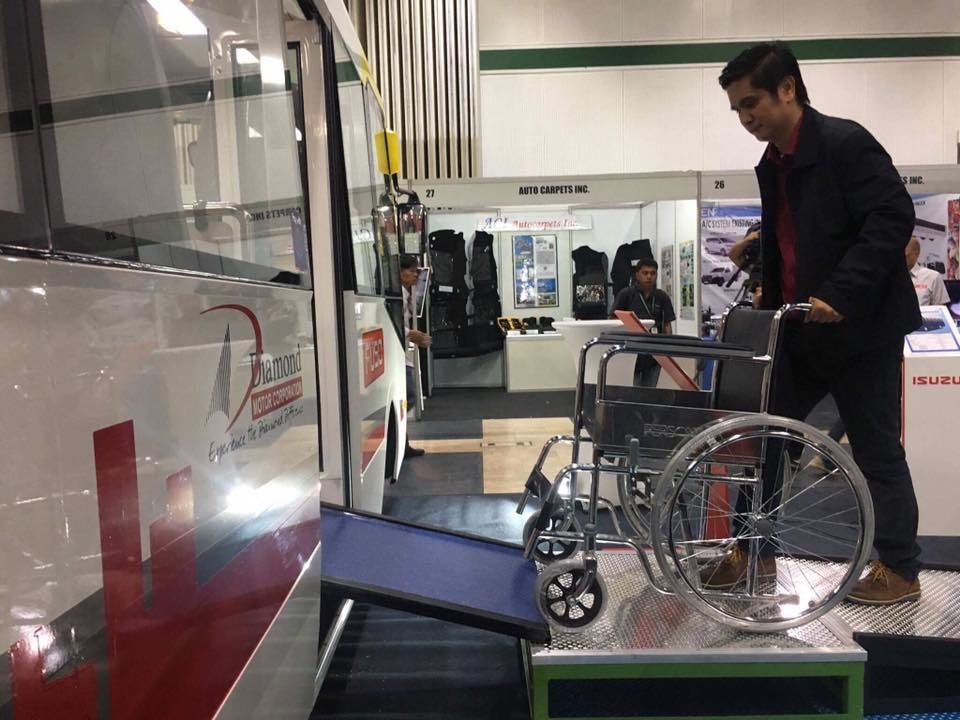
Some of the vehicles have low ramps for persons with disabilities (PWDs). These ramps are measured to land on the curb of the sidewalk for the convenience of people with wheelchairs.
Quiros said that the modernization should not stop here. More than the features of the new vehicles, the question to be asked is whether the public transportation system will improve.
“It will definitely improve the safety and convenience of the passengers inside the vehicle but will it provide more rides for the commuters? Will it increase the availability of vehicles for mobilization?” the transportation expert explained in Filipino.
Quiros added that while the convenience of commuters will definitely improve, driver behavior and discipline will ultimately play a big role in determining the safety of commuters. – Rappler.com
Add a comment
How does this make you feel?
There are no comments yet. Add your comment to start the conversation.